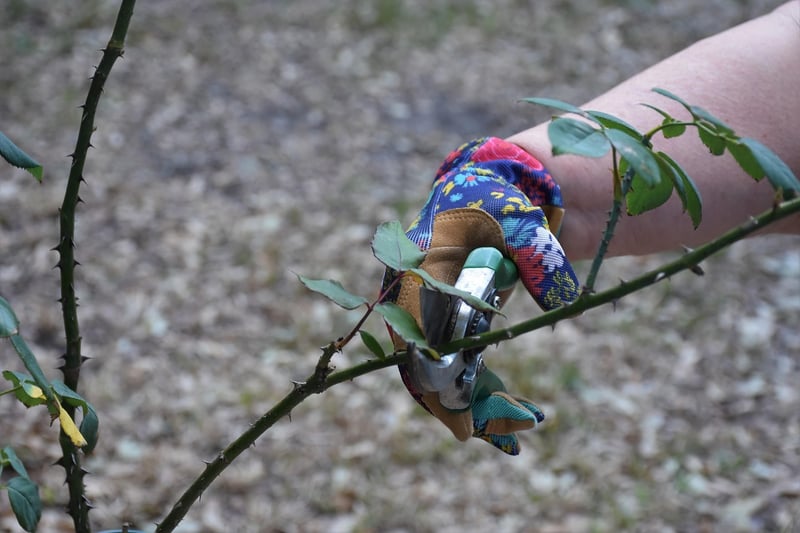Pruning Techniques
Essential Plant Care Guidance + Pruning Techniques
Introduction
Welcome to our guide on essential plant care and pruning techniques to help your green friends thrive. Whether you're a seasoned plant parent or just starting your botanical journey, these tips will ensure your plants stay healthy and happy.
1. Watering
Proper watering is crucial for plant health. Different plants have varying water needs, so make sure to research the specific requirements of each plant in your collection. Overwatering can lead to root rot, while underwatering can cause wilting.
2. Light
Light is essential for photosynthesis, the process by which plants make their food. Be mindful of your plant's light requirements - whether they prefer direct sunlight, indirect light, or low light conditions.
3. Soil
Choosing the right soil is key to providing nutrients and support for your plants. Use well-draining soil mixes tailored to the needs of your plants. Repotting may be necessary if the soil becomes compacted or nutrient-deficient.
4. Pruning Techniques
Pruning helps maintain the shape, health, and growth of your plants. Here are some essential pruning techniques:
a. Deadheading
Remove dead or faded flowers to encourage new growth and prolong blooming periods.
b. Pinching
Pinch off the tips of stems to promote bushier growth and prevent legginess.
c. Thinning
Remove excess growth to improve air circulation and reduce the risk of pests and diseases.
d. Rejuvenation Pruning
For older or overgrown plants, cut back severely to stimulate new growth and rejuvenate the plant.
Conclusion
By following these essential plant care tips and mastering pruning techniques, you'll be well-equipped to keep your plants healthy and thriving. Remember to observe your plants regularly and adjust your care routine as needed to ensure they reach their full potential.

For more detailed guidance on plant care and pruning techniques, consult with your local nursery or gardening experts. Happy gardening!
